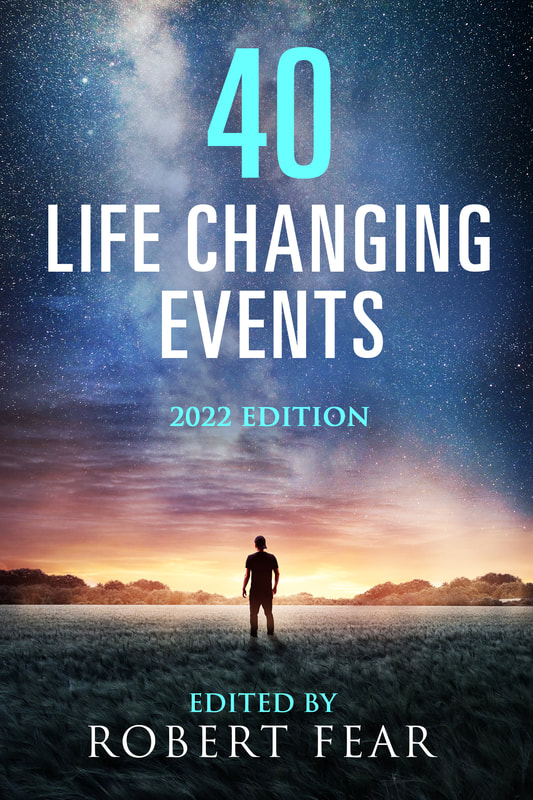So, We Bought This Car In Tokyo… by Heather Hackett
It was inevitable that at some point during our stay in Japan we would buy a car. Our trusty bicycles were great for getting around the city and exploring the suburbs. We found lots of interesting nooks and crannies that would otherwise have remained a blur from the seat of a car. But getting off the beaten track required transportation of a more individual nature.
Though the purchase took place towards the end of our eight-year stay, it didn’t make it any easier. The process was a nightmare. Just beating out everyone else in the gaijin community to view the vehicle was a feat in itself. When we answered our fifth advert minutes after it was posted on the local community bulletin board, we weren't even first. In fact, it had already been sold. But the vendor took a liking to us, or more likely to our blonde-haired kids, and graciously agreed to sell it out from under the winning bidder in a kind of motor vehicle gazumping.
We bought a Datsun Sunny California station wagon. Where do they come up with these names? It only had 25,000 km on it even though it was 12 years old. My Japanese friends couldn’t believe that we had bought such an old car, since they routinely scrapped their own after only two years. A 12-year-old car was clearly ten years past its use by date. The previous owner was in her 80’s and hadn’t driven for years. When it had been out of the garage, it only went around town, to the shops and back, though why you would go to the trouble of getting the car out for that caper is beyond me. Needless to say, it had a few cobwebs that needed displacing.
There are lots of rules around owning a car in Japan, not least of which is having somewhere to park it at night. In fact, unless you have a piece of paper that proves you have somewhere to park it at night, you can’t even get the vehicle registered. We were knee-deep in paperwork for weeks trying to get it all together - proof of this, proof of that, and at each turn a catch 22. You had to have one before you could get the other, but to get the other you had to have the first one. And it wasn’t cheap, either. Check out the figures:
- Cost of vehicle - ¥95,000 (about $1000 at the time)
- Cost of registration - ¥45,000
- Cost of insurance - ¥40,000
- Cost of parking space - ¥10,000 per month - in other words, more than the car for a year’s worth of parking.
The other annoying thing about our car space, beside the expense, was its proximity to our house, or rather, the lack of proximity. We had to ride our bikes about ten minutes up the road to reach it. Hardly convenient. Especially when it rained.
Once we had the car, the next step was to convert our international driving permits into regular Japanese licences, or unten menkyo. Even the words sounded like a rare, exotic disease. But the Unten Menkyo Centre in Chiba Prefecture, where we lived, was a law unto itself.
We managed to fill out the necessary forms, in triplicate, after learning to recognise the Kanji characters for name, address, date of birth etc. But the real fun began with the eye test. It should go without saying that absolutely no one in this sprawling, public sector office spoke English, or would admit to doing so. So, there I stood, all alone in a small room with a couple of Japanese admin staff and a large, metal, electronic box. They went to great pains to carefully explain the instructions to me, during the delivery of which I nodded and said, ‘Hai!’ at appropriate intervals. I understood only a few scant details, but it would have been rude to say so. The first rule of living in Japan was to avoid saying no at any cost.
I put my face up to the little binoculars at the top of the box, and peered in. I was confronted with a chart of circles about six columns wide and twenty rows long. Each little circle had a gap on one side, like the letter ‘c’, but facing all different directions. From the instructions, I guessed that I had to say where on the chart the lit-up circle appeared, so I blithely rattled off the words for top, bottom, left and right depending on where on the chart it occurred. After several attempts, I could tell from the looks on the faces of my testers that I was getting every one of them wrong. They looked at me sympathetically, as if I must have been either completely blind or completely stupid.
Then the penny dropped. I was not supposed to say where on the chart the circle was located, but rather the direction the gap was facing. The same answers still applied - up, down, left, right - but the reasoning behind them was completely different to the logic I was using. I begged, in my best Japanese, to be permitted to start over, and while they looked as if they thought that was going to be a pointless exercise, they agreed.
This time I got them all right and my examiners breathed an audible sigh of relief. They even commended me on my visual acuity. We all bowed deeply, relieved the ordeal was over.
I had about ten seconds to brief my husband before he went in for his test, which was necessary to avoid a repeat performance. We finally left the office several hours later, proud holders of official unten menkyo. As it turned out, those tiny squares of laminated officialdom opened more doors for us than just the driver’s side of the car. We had finally arrived in Japan, just seven years after landing at Narita International Airport one soggy, April afternoon.











